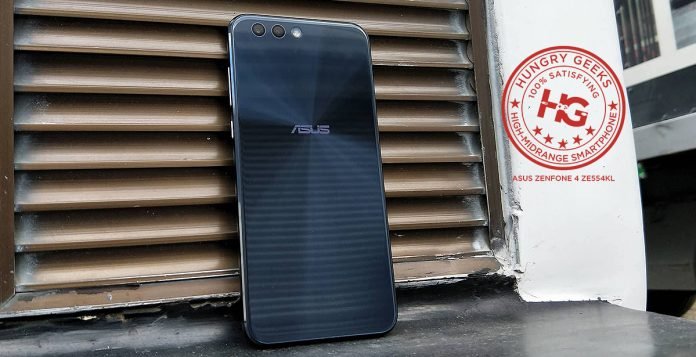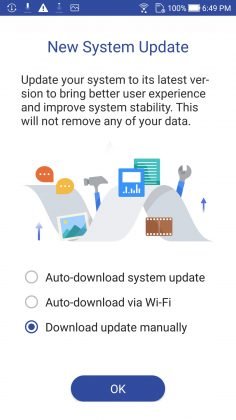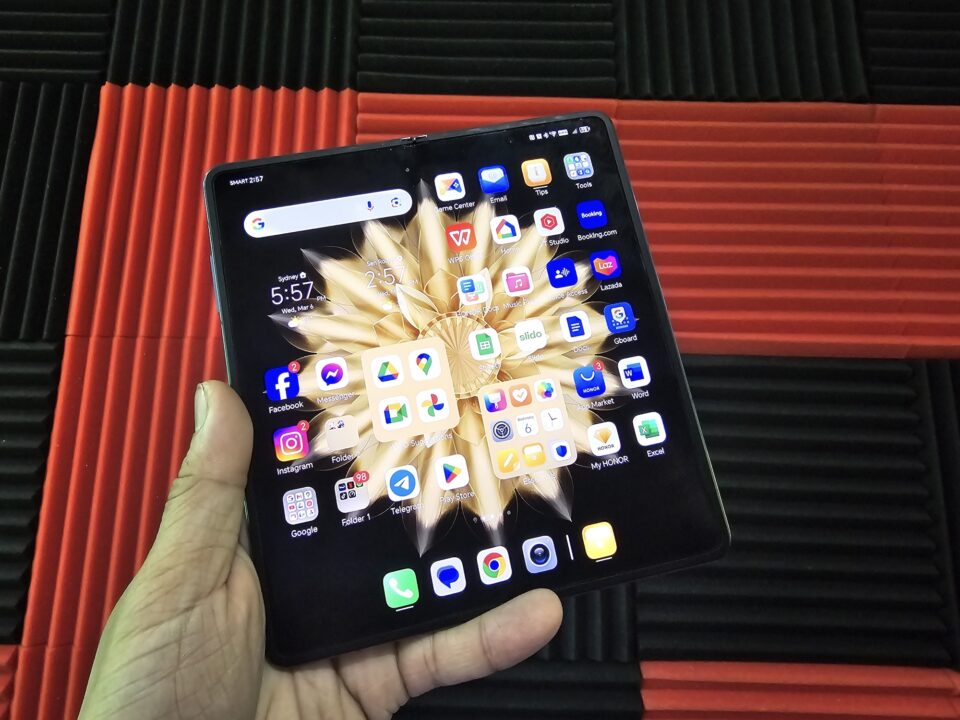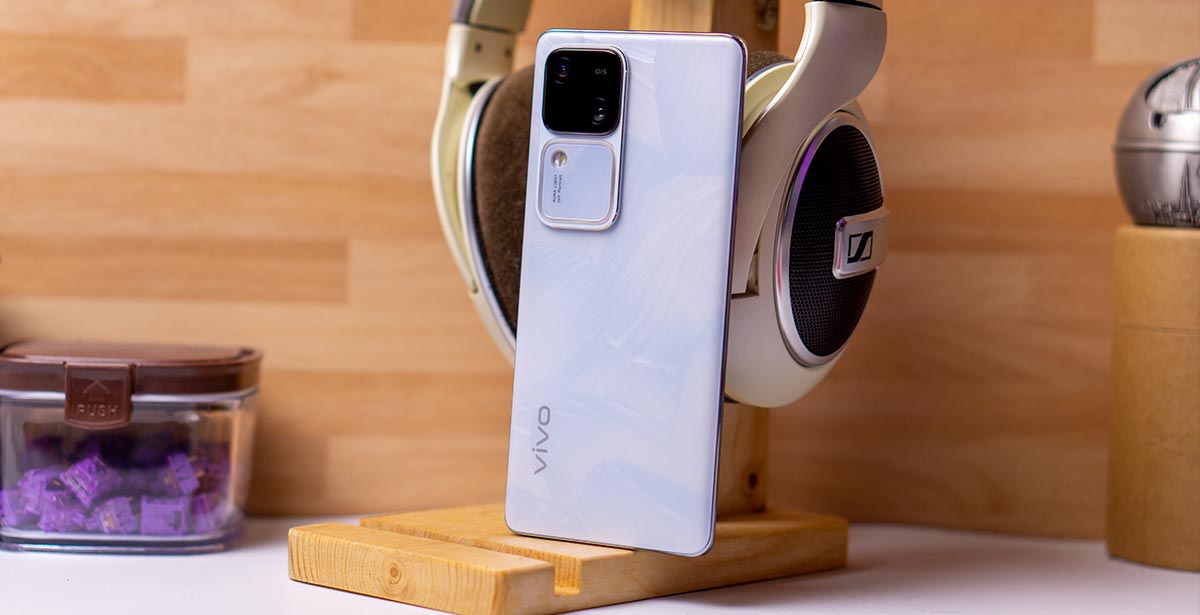While the ZenFone 4 series has been out since August 2017, the Taiwanese tech giant’s frontrunner the ZenFone 4 is the company’s innovation frontline for the whole lineup of Max, Selfie and Pro series.
Uniting with the slogan “We Love Photo”, the ZenFone 4 is now a dual-camera smartphone embracing the strengths of photography and a embody of a ZenFone we all know. With much time with this smartphone, we got to love its unique ASUS feel and premium design. But is it enough for today’s competition in the smartphone world?
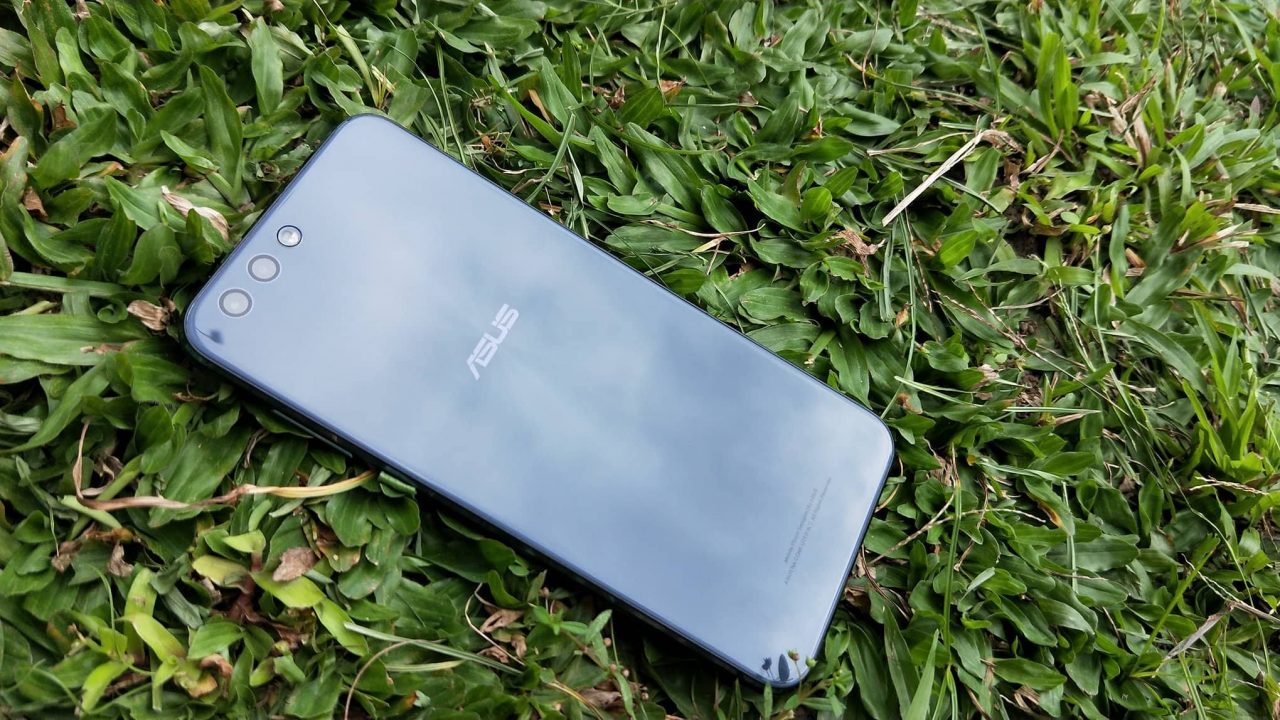
Here are the full specifications of the ZenFone 4 with Snapdragon 660 processor
|
Display |
|
|
Size: |
5.5-inch |
|
Type: |
Super IPS LCD display |
|
Resolution: |
1920 x 1080 px, 401ppi |
|
Protection: |
Corning Gorilla Glass 3 |
|
Platform / Processor |
|
|
Chipset: |
Qualcomm Snapdragon 660 |
|
CPU: |
2.2GHz Octa-core processor |
|
GPU: |
Adreno 512 |
|
Memory |
|
|
Internal: |
-64GB internal storage |
| -6GB RAM | |
|
Card Slot: |
Expandable up to 2TB via microSD |
|
Camera |
|
|
Primary: |
12 MP f/1.8 Sony IMX362+ 8MP wide angle dual rear cameras: OIS 4-axis, Dual Pixel PDAF with dual-LED flash |
|
Secondary: |
8MP f/2.0 front camera |
|
Communicaton |
|
|
WiFi: |
Wi-Fi 802.11 a/b/g/n/ac |
|
Bluetooth: |
Bluetooth 5.0 |
|
GPS: |
GPS, AGPS, GLONASS, BDS |
|
NFC: |
Yes |
|
USB: |
USB Type-C |
|
Sim: |
Dual SIM, Dual Standby (hybrid) |
|
Feature & Security |
|
|
Sensor: |
Fingerprint Scanner |
|
Other: |
-NFC |
|
Battery |
|
|
Type: |
3300mAh battery (nonremovable) |
|
Fast charging: |
Yes, with Fast Charge Qualcomm 3.0 |
|
Network |
|
|
Techonology: |
GSM, HSPA, LTE |
|
Body |
|
|
Dimensions: |
155.2 x 75.2 x 7.5 mm |
|
Weight: |
165g |
|
Operating System |
|
|
OS Version: |
Android 7.0 Nougat |
|
UI: |
ZenUI 4.0 |
|
Price & Availability |
|
|
Price: |
Php28,995 |
Design and Construction
The ZenFone 4 is a back to back glass body smartphone encased in a metal frame body similar to the previous ZenFone 3. But this time, everything is more elegant at the back with the fingerprint sensor now moved to the front leaving the back a gorgeous signature concentric circle design finish on a glossy midnight black color.
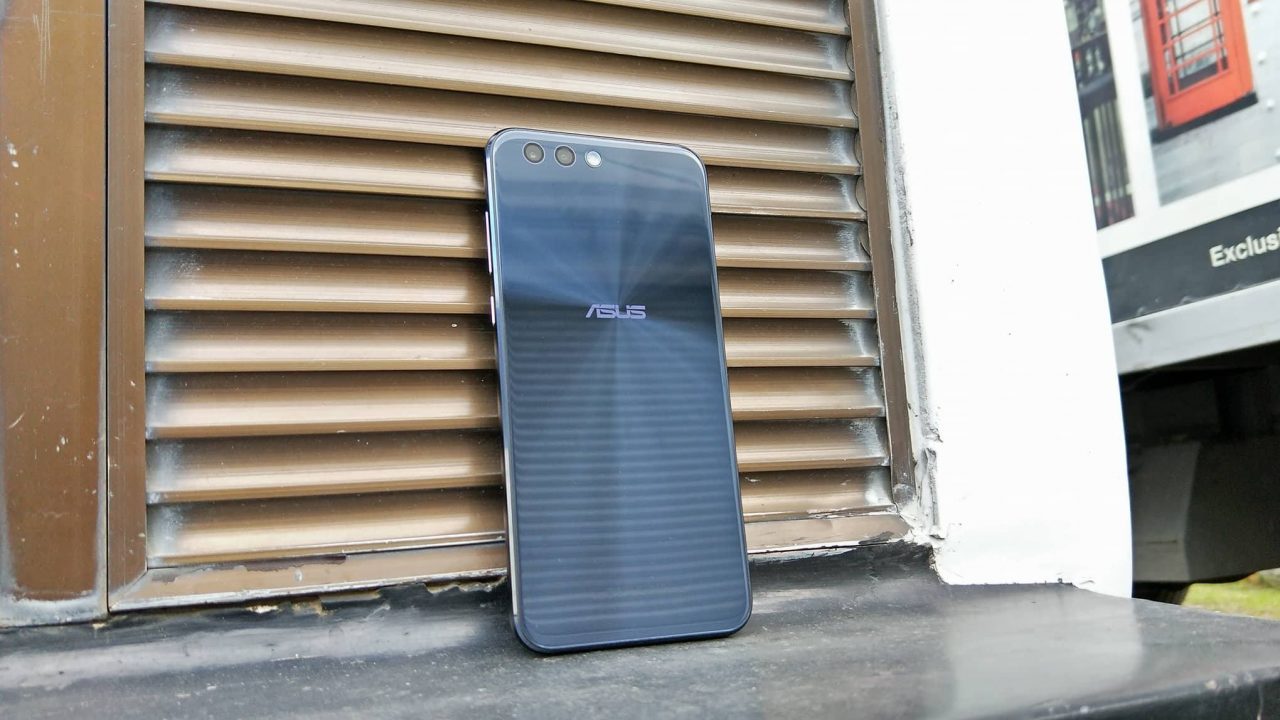
At the front is a 5.5″ 16:9 ratio screen protected by Corning Gorilla Glass 3. The glass is coated with anti-fingerprint layer and oleophobic coating. So be careful when handling the phone, it’s frame is thick enough for a good grip, but it sometimes slides in uneven surfaces in our experience.
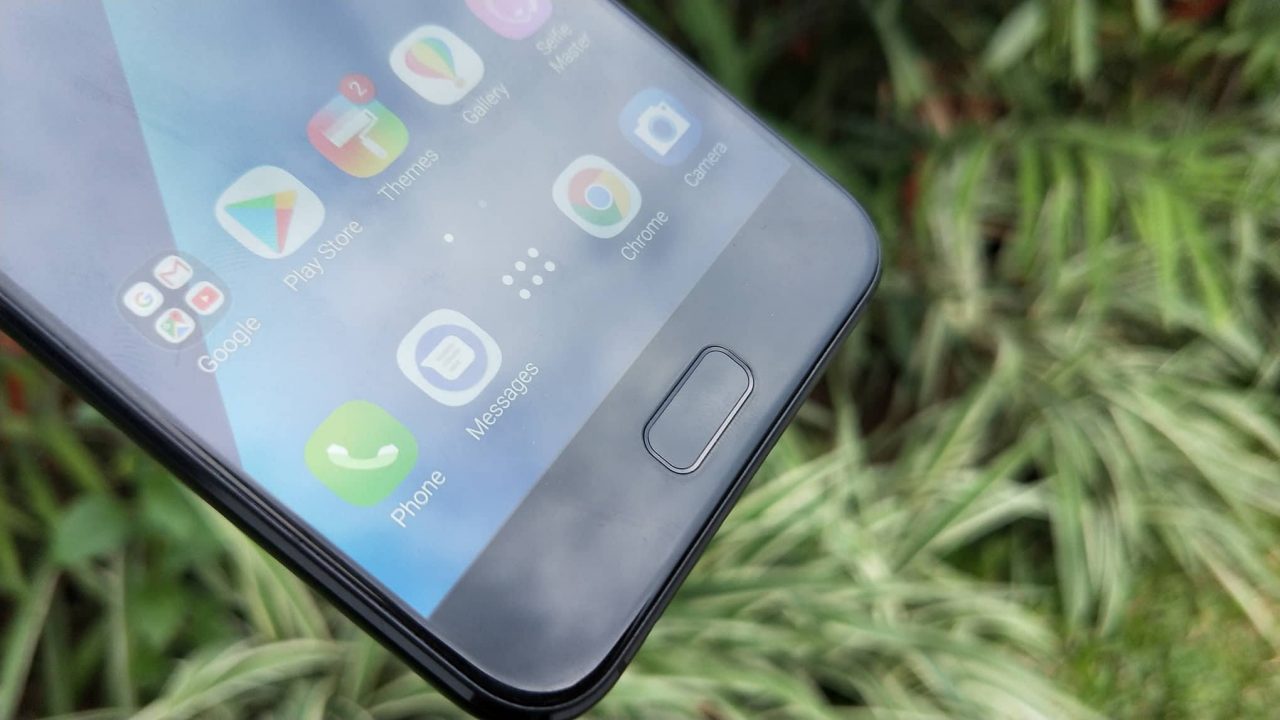
The metal frame is exquisite to hold, we like the feeling of a dual glass smartphone as compared to the previous trend of a metal body smartphone. Perhaps this is due to the cold touch and sleek finish that the phone has, it looks like the ZenFone 4 wants to stand out in any angle.
Security wise you have a static fingerprint scanner at the bottom front, it’s fast and responsive as like other brands. ASUS definitely didn’t do any shortcut in the design and functionality for the ZenFone 4.
The display is a FullHD 1920×1080 16:9 Super IPS Display, it’s brightness and color really bounces out. Pretty visible despite a very loud and bright background especially outdoors, just be careful of the temperature as is might get a bit hot at maximum brightness.
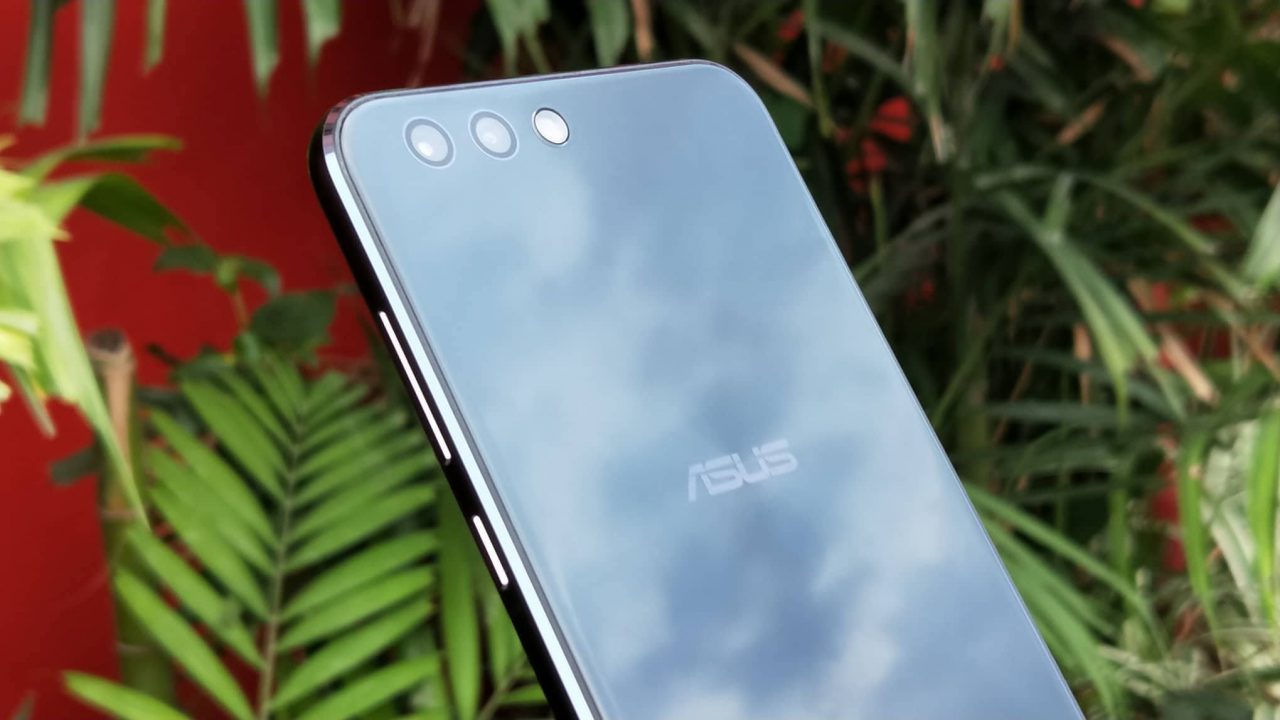
At the back, the glass houses the dual-camera setup of the 12MP main sensor and 8MP secondary wide angle lens. What we are glad about this setup is there are no camera bump whatsoever in the smartphone, a sight we love as its clean and non-protruding when placed flat. 
At the front is an 8MP camera for selfies, no front flash unlike with the ZenFone 4 Selfie but its clean enough to make it simple in appearance. Delightfully, the LED notification light is at the edge corner of the earpiece, giving it a discreet, simple and minimalist overall look.
At 165g, the ZenFone 4 is pretty solid to hold especially with a 3,300mAh battery. The grip using one hand is another story though, we feel that holding the ZenFone 4 will depends on your hand size. In our case, the grip is just enough for one hand and almost impossible to reach some letters in one hand, but reaching the fingerprint sensor is fine.
Performance
The ZenFone 4 has a Snapdragon 660 Processor inside and a generous 6GB of RAM. While the combination is a bit off, we like how ASUS opted the latest processor option and 6GB RAM for above-average performance with guaranteed multi-tasking for years to come.
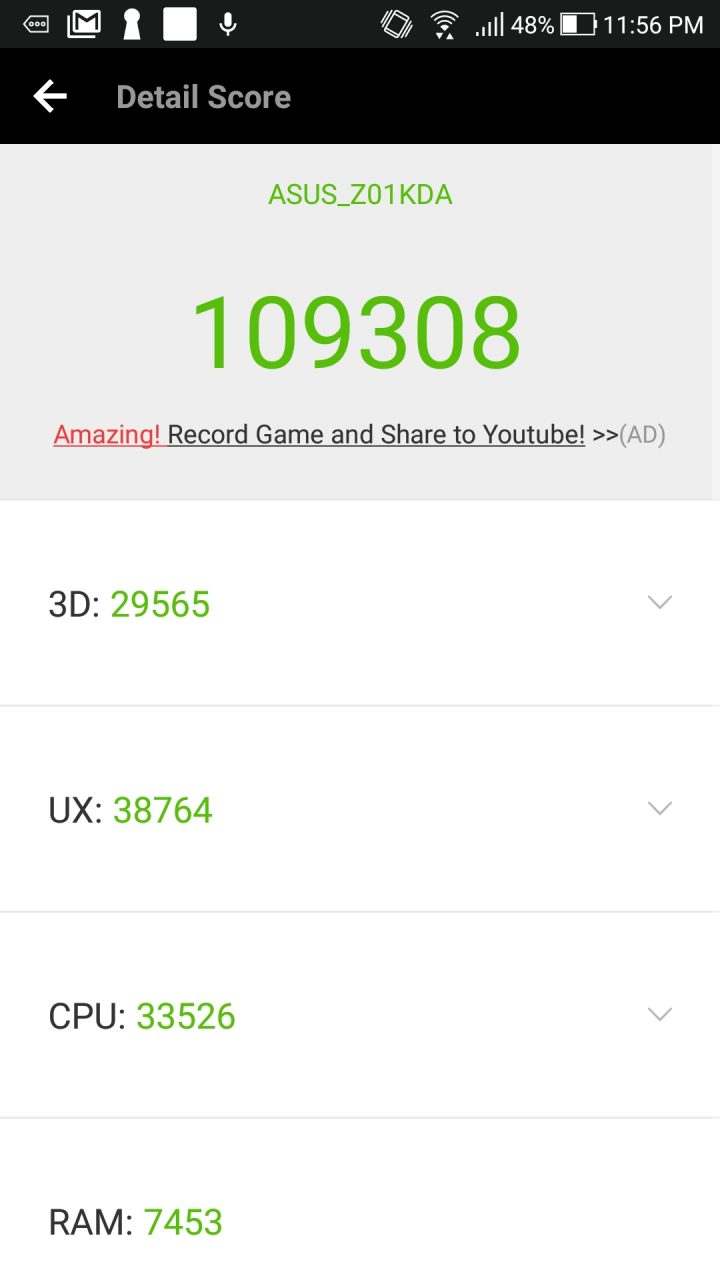
Overall performance for the ZenFone 4 is snappy, you can literally throw anything without worries of hiccups. We liked the instance of switching from app to app without reloading such as Facebook to Twitter to Netflix, most importantly the 6GB RAM is generous enough to let go of your mind of the instance to close all apps to save battery life.
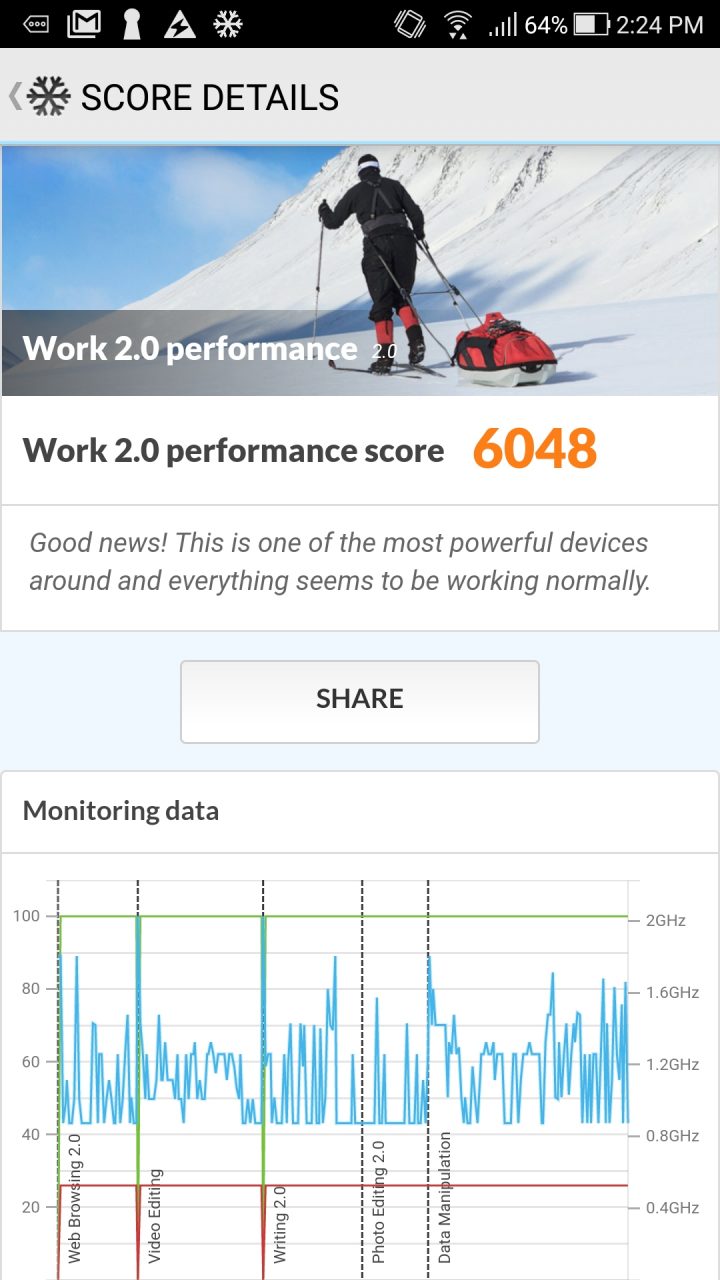
In our experience, anything above 60,000 in the AnTuTu benchmark is already significantly fast for everyday apps. The ZenFone 4’s performance with the Snapdragon 660 reached 109k in AnTuTu and 6048 in PCMark, to make it simple then you don’t have to worry about performance at all.
Camera
Now focusing on the 12MP f/1.8 Sony IMX362 sensor at the back, ASUS focus more on light and accuracy. That’s why the company emphasizes on improved sensors, lighting, contrast, and controls, the essentials for such camera.

The main lens works at 12MP using a 4:3 ratio photo while the wide angle lens will utilize a 16:9 ratio photo in 8MP. Overall the photos using the ZenFone 4 is above average, details are sharp, contrast is good but we find a bit of noise buildup a bit too high in night shots.
The secondary wide angle lens is a night use for taking photos in a more detailed way like the scenery of a place or event. What’s nice with the secondary camera is the fast camera shutter speed and switching, the speed to switch between regular and wide is acceptable.
While the secondary lens is a bit darker, it’s nice to use in well-lighted situations like outdoors, sceneries, food and even people. Just make sure to have ample lighting, blurring starts when the light is not sufficient enough as with any other phone.
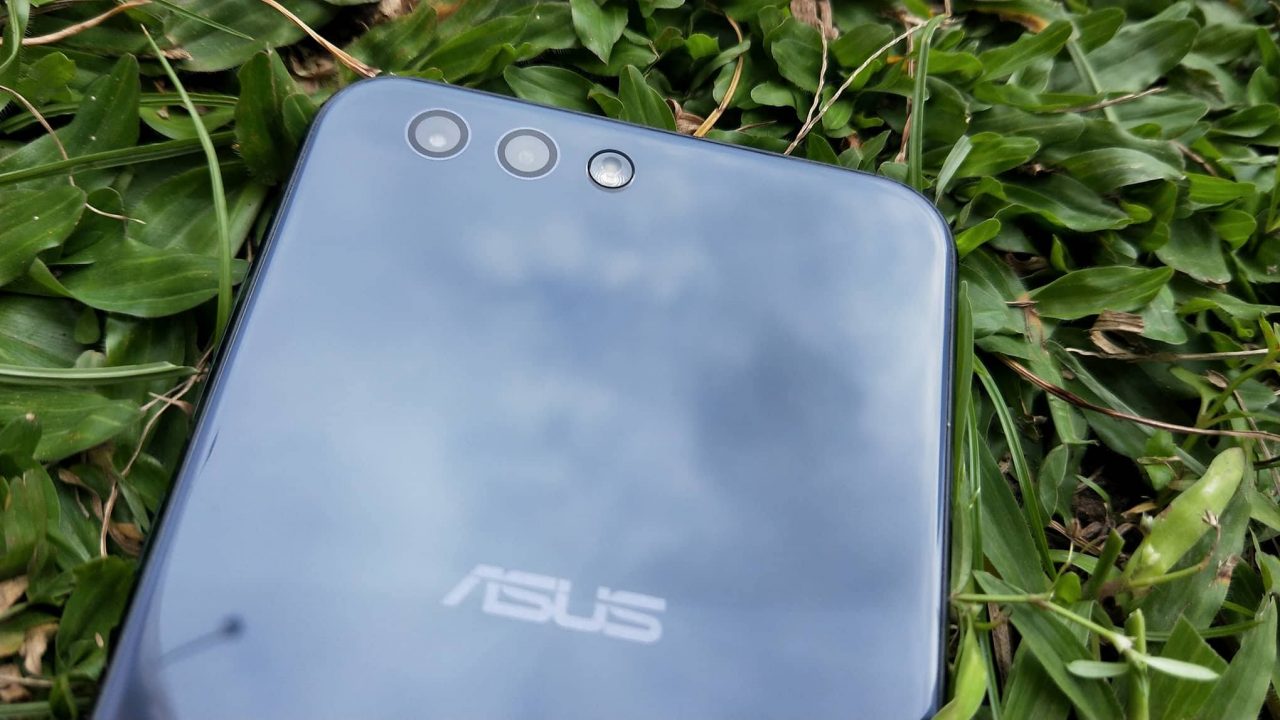
The dual-camera lens for the ZenFone 4 is perfect for scenery shooters, the wide-angle option is a great alternative to a GoPro-like camera for a more dramatic shot. With a few tweaks using the expert mode for advanced users, the ZenFone 4 is a good device for you.
User Interface
The ZenUI 4.0 is a fresh air among the whole lineup, ASUS reduced the number of apps pre-installed into the phone but we can’t help to notice that there aren’t major modifications in the logos and font. As a result, the ZenUI 4.0 might feel fresh, fluid and fast, but still, some apps of ASUS are present and unavoidable like the Beauty Master app for selfies, ZenTalk app for their fans and even safeguard for app/speed management.
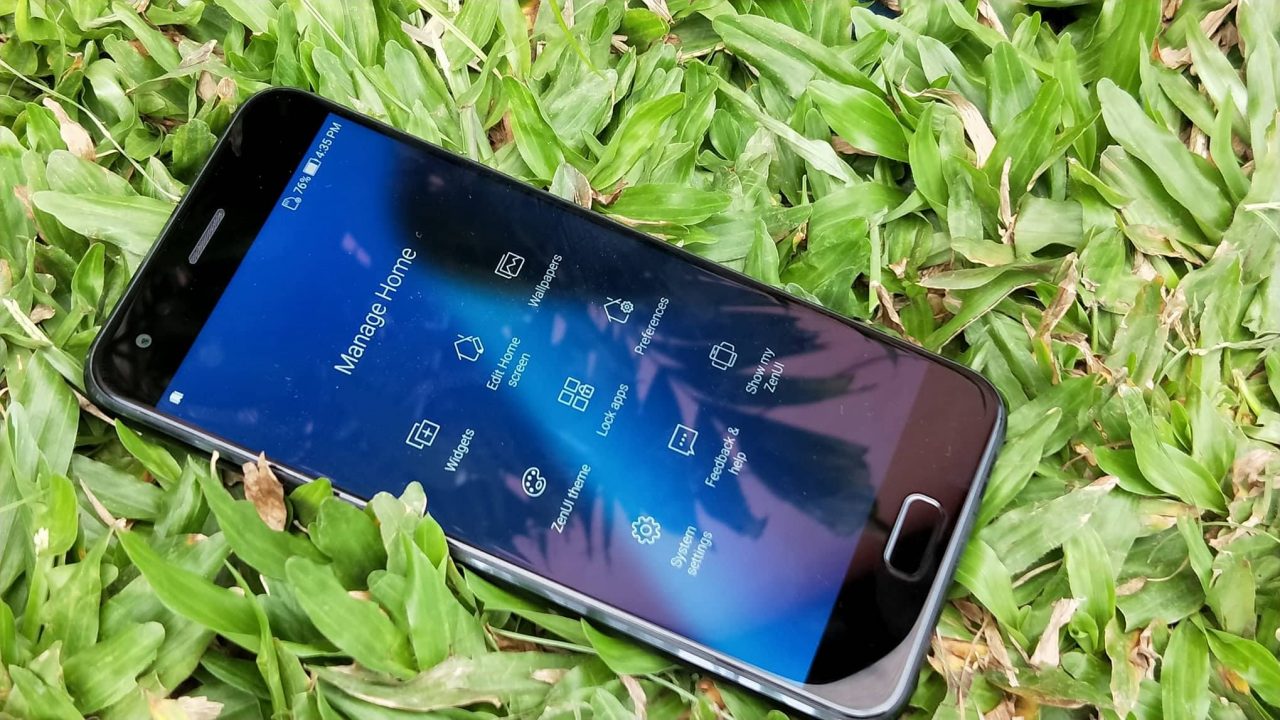
Overall, ASUS refined their interface in settings search and even the typography to make it more simple yet premium. There is now more options in the drop-down menu and even search options for files and apps. But, the icons are too familiar for us to really tell “new” so it kinda looks the same for us.
But one side of the cake is that ASUS is ready and currently rolling out their Android Oreo 8.0 update to their ZenFone 4. Our unit is eligible, but we still haven’t got any FOTA update at the time of the review, ASUS said that update rollup is in batches to avoid overloading the servers. Still, it’s a great way how ASUS is relentlessly aggressive with their software updates.
Battery Performance
Battery wise the 3,300mAh battery on the ZenFone 4 can do some distance, leaving for work at 8am will reach us 20% battery by 3pm with mix of WiFi and LTE connection. Pretty average for a Snapdragon 660 processor which can last you 6-7 hours on average.
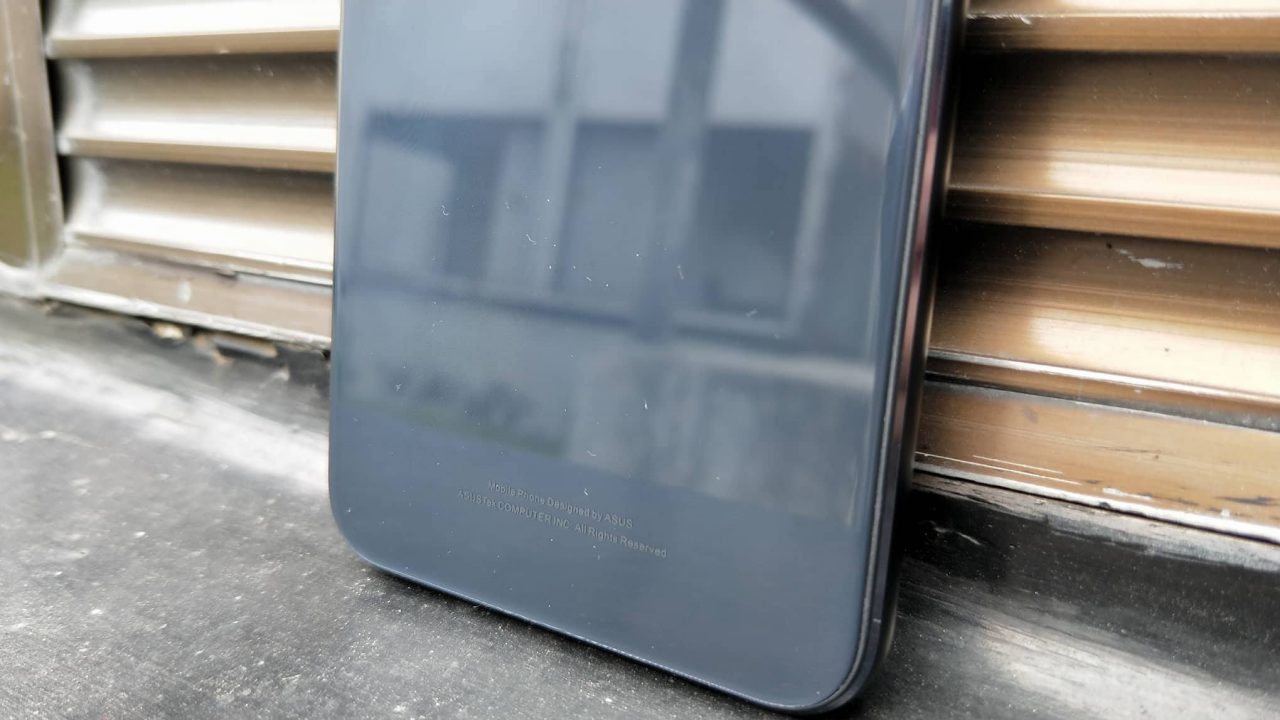
On the other hand, you have fast charging via Qualcomm Quick charge which is a 9V – 2A charging rate as compared to the usual 2.1A – 5V rate. This can do a full charge of the 3,300mAh battery in around an hour, but 60% can be achieved in around 30 minutes. Using the USB Type-C connection is pretty nice, especially if your eco-system of devices also use USB Type-C.
Though we have to mention that both of our Aukey Qualcomm QC 3.0 compatible adapters didn’t work, we also asked ASUS about this and they said that there might be a discrepancy based on Aukey’s controller. In short, compatibility for Quick charge isn’t always 100% successful.
Verdict / Conclusion
With the ZenFone 4 being fast, solid and a very capable camera shooter the only thing left is the price. At Php28,995, it might be a shocker that this phone is priced high but considering the ample storage and 6GB RAM configuration is forgivable.
The ZenFone 4 might be compared with the similarly priced flagships near the 30,000 price range, it still has some tricks into its sleeves that you can’t ignore. For us, the price is acceptable if you know the advantage of a 6GB RAM smartphone with proper camera controls. But others might ignore this factor and simply compare via price with other brands, something ASUS should consider to focus on.

To close, the ZenFone 4 offers a solid experience from the Taiwanese giant at Php28,995. That’s why we give the ASUS ZenFone 4 our Highly recommended smartphone in its price range.
If you crave for more, then ASUS has the ZenFone 4 Pro with a much higher Snapdragon 835 processor and a dual-camera system that utilizes 2x Optical Zoom for better function. But the price is steep at 39,995, which is a huge leap as compared to the regular ZenFone 4.
- What we like about the ZenFone 4
- Solid & Premium Body Construction
- Above average camera optics
- Fast charge, plenty of storage and 6GB RAM
- Android Oreo 8.0 is available
- What we don’t like about the ZenFone 4
- Slightly bulky for small handed people
- Price is a bit high but justifiable
- ZenUI 4.0 doesn’t really look like that new


